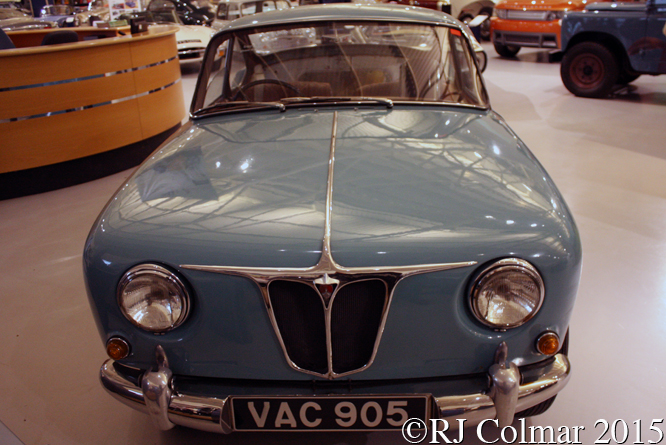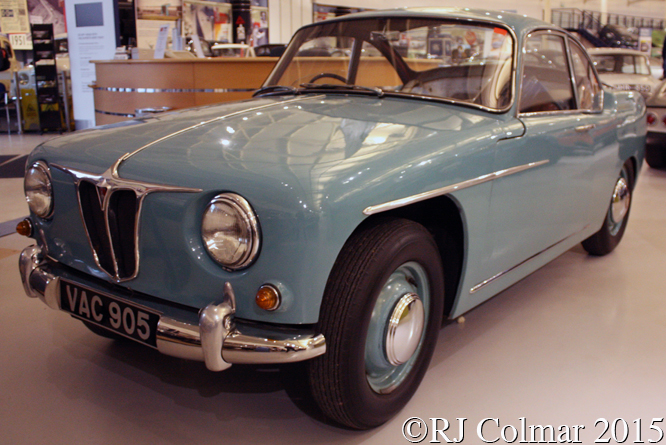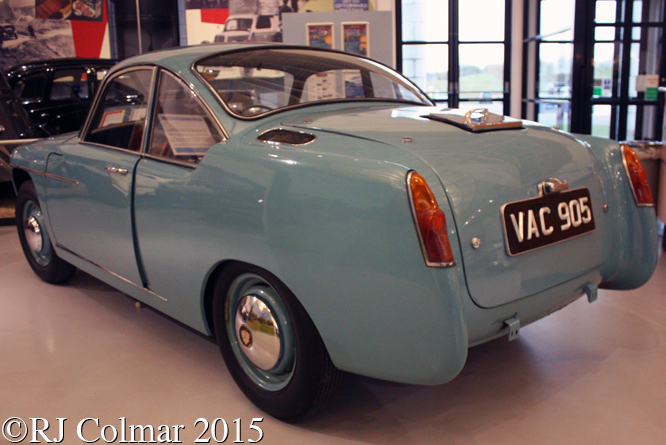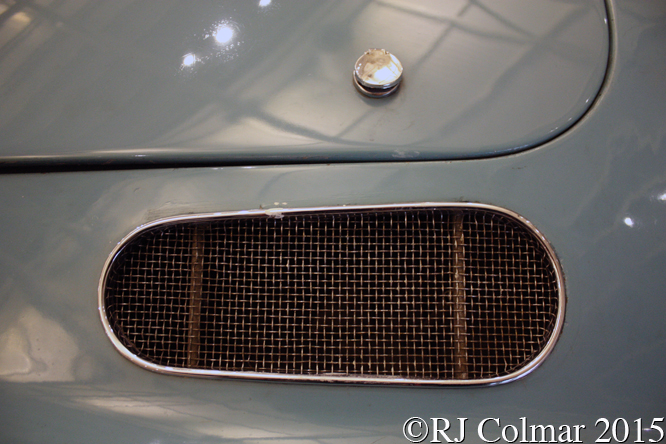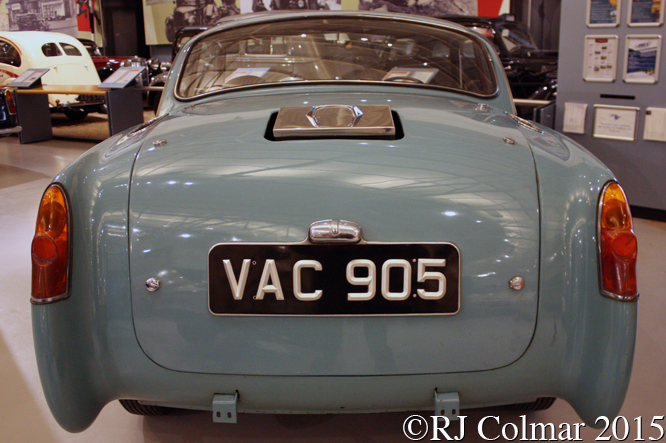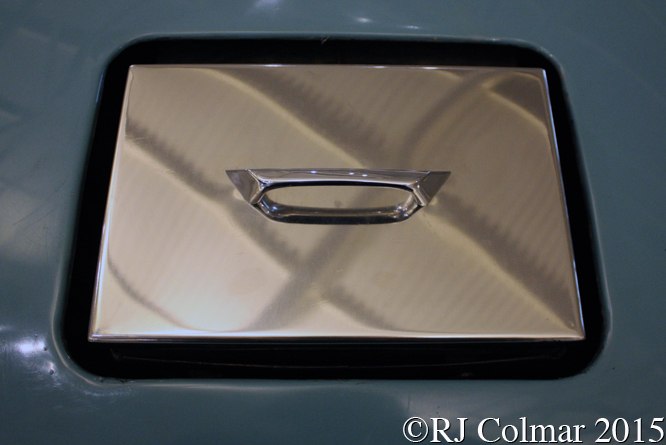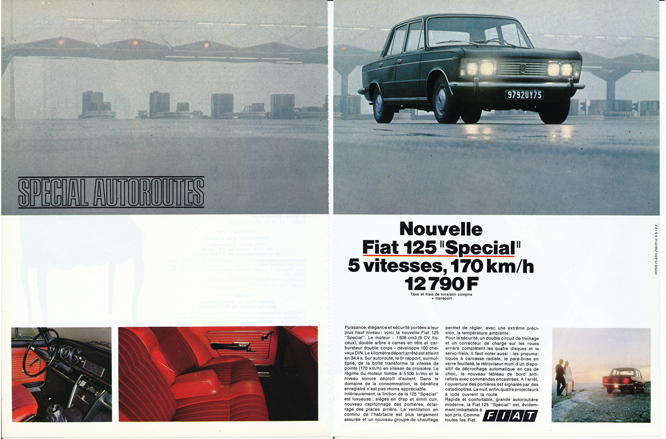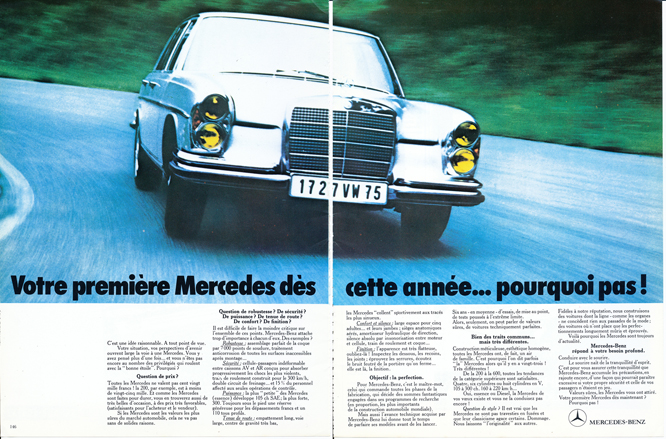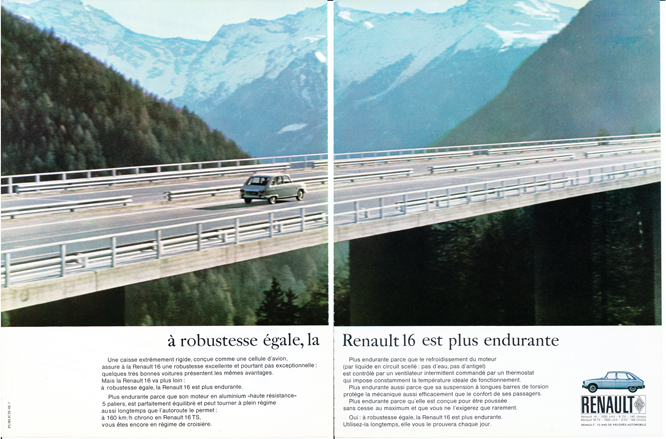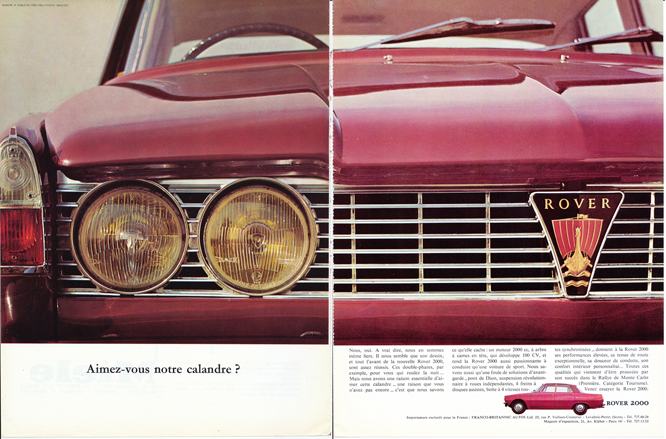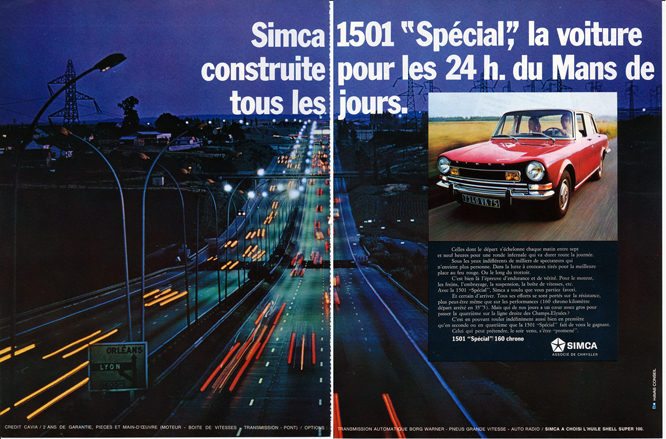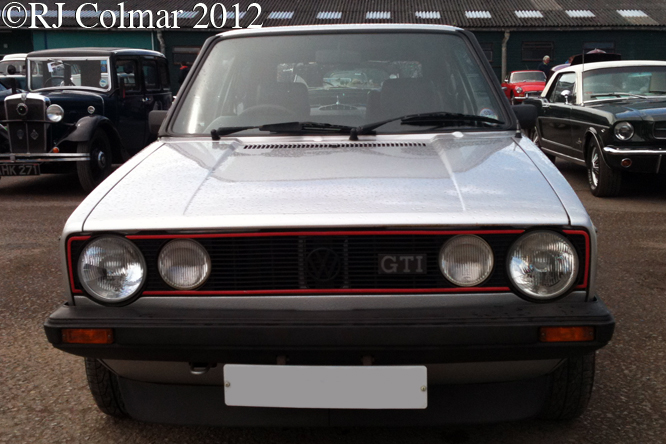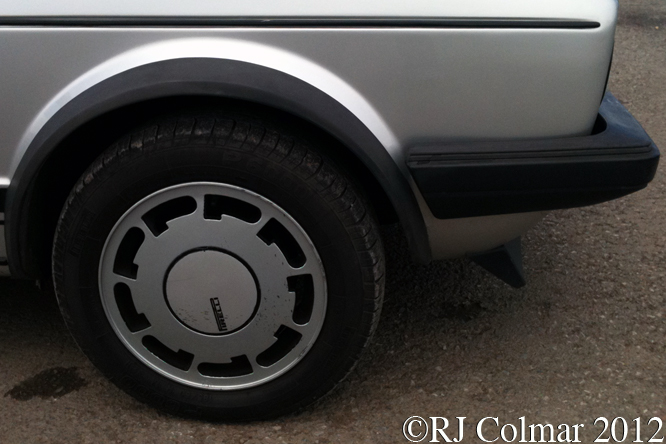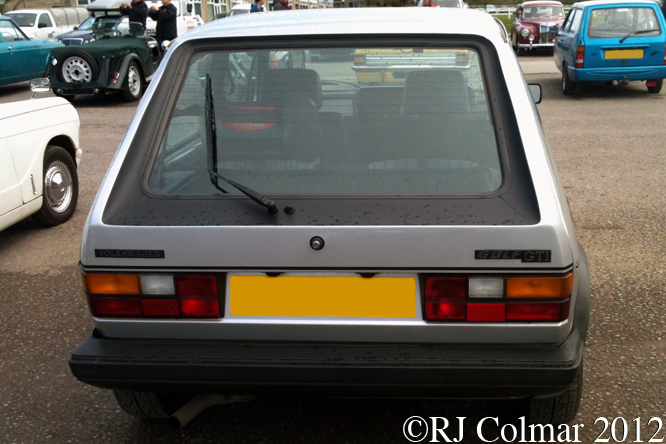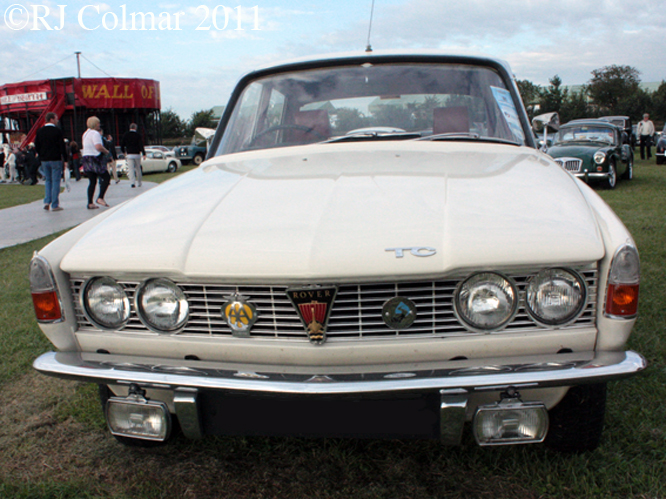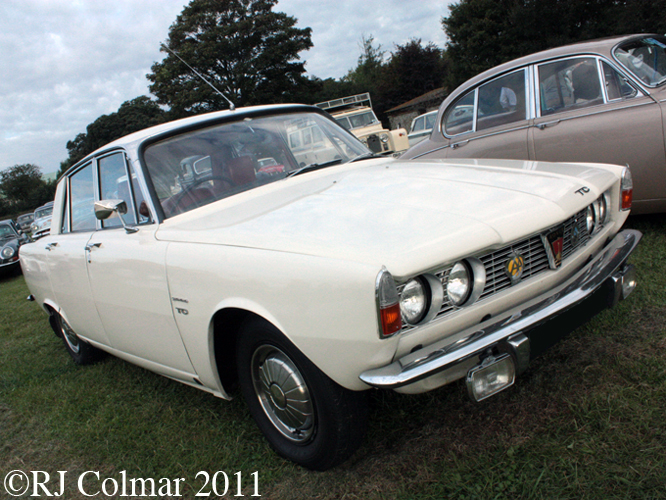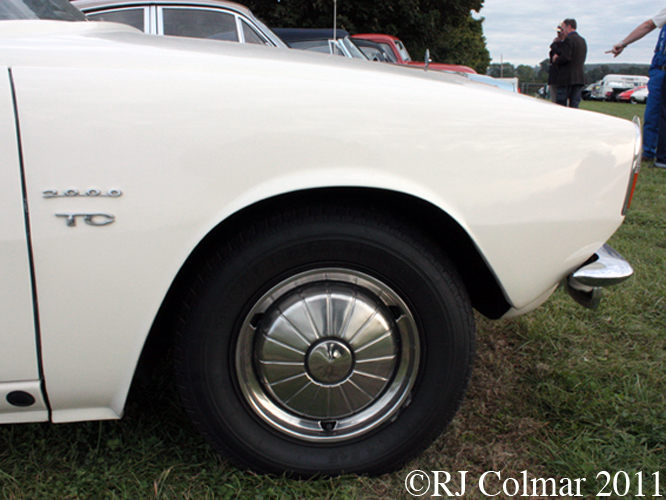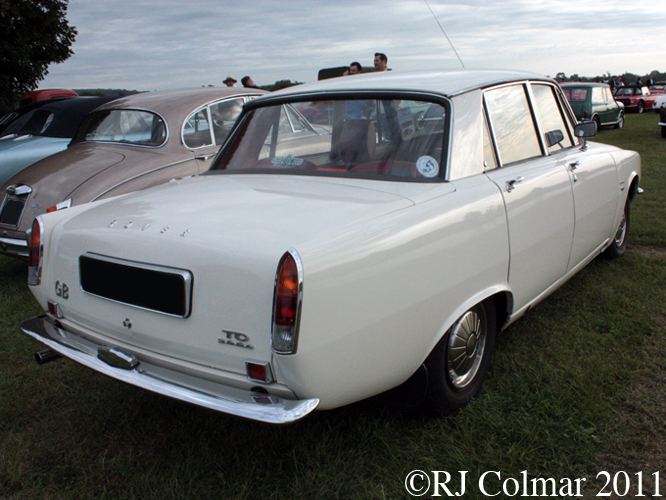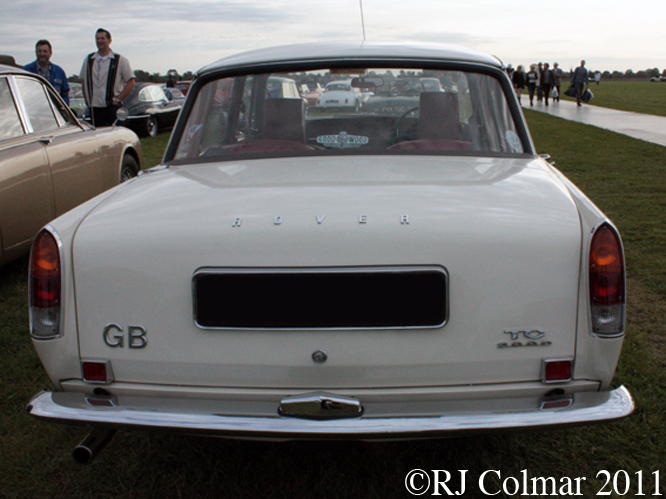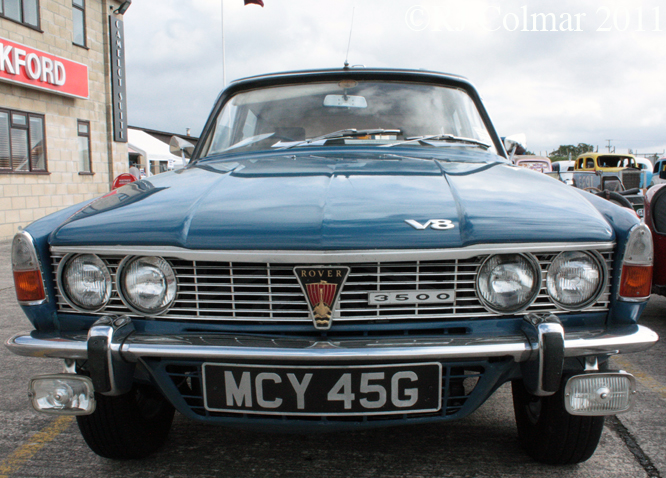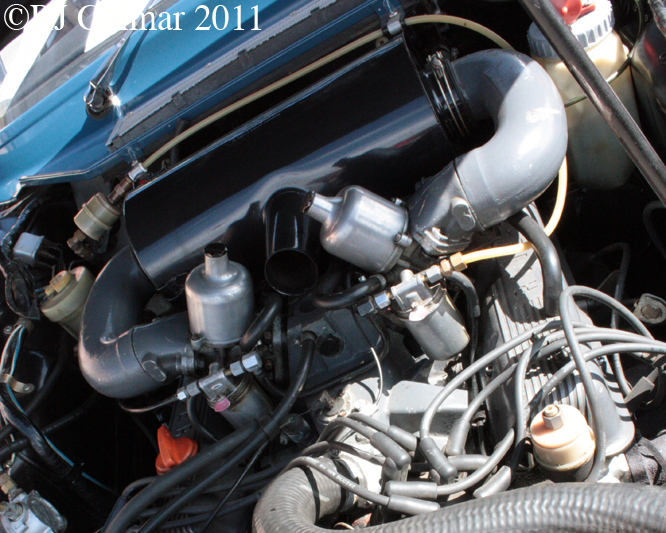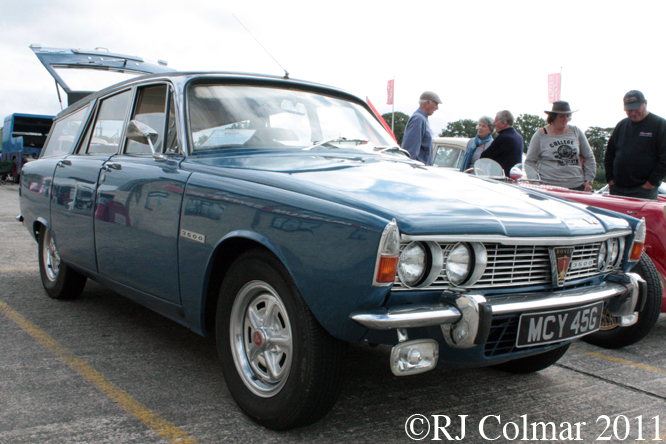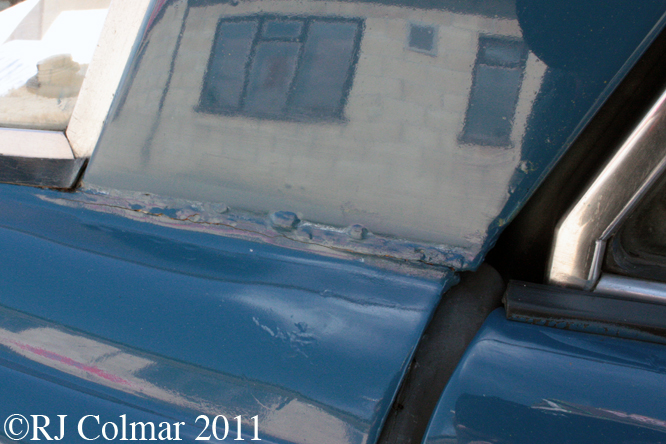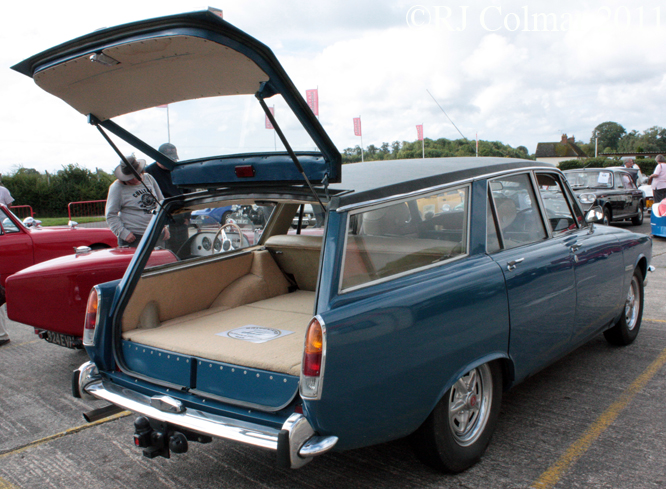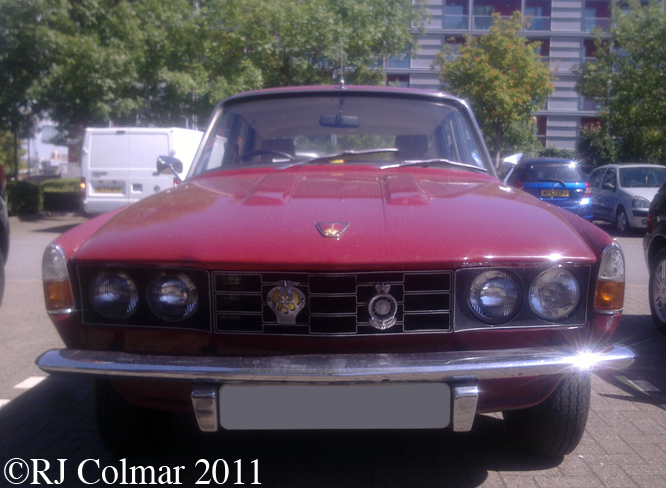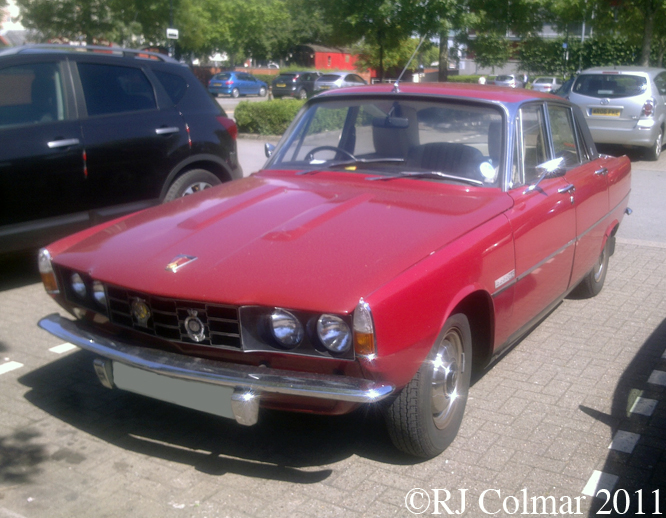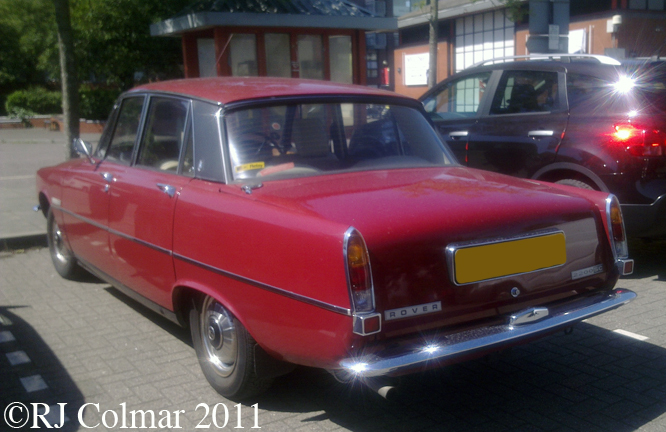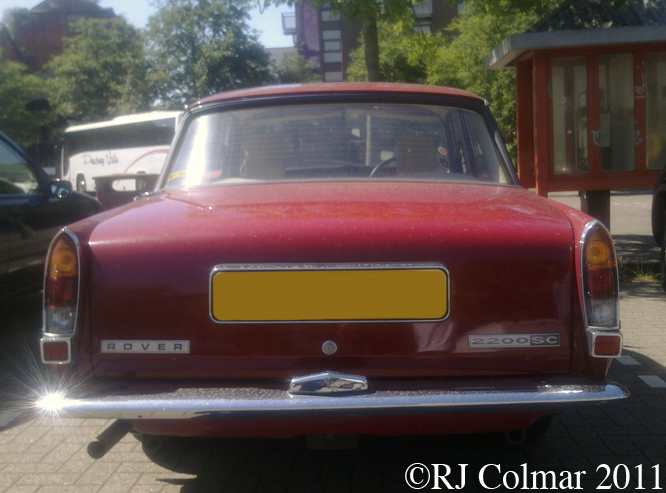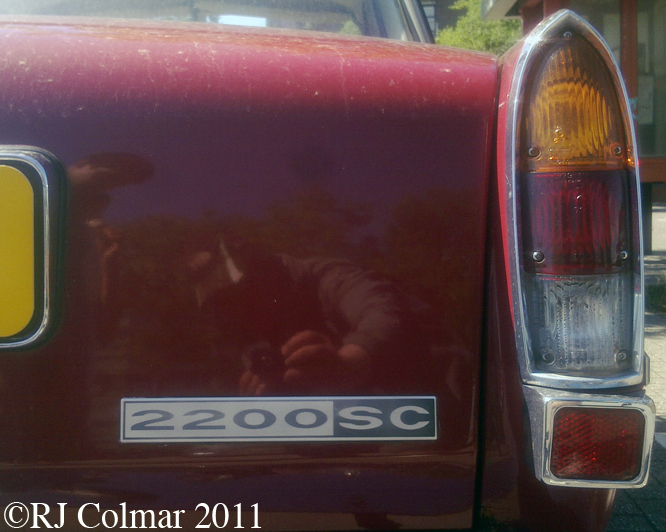To their credit while Rover must have realised the cost of producing a gas turbine powered motor car for the masses was prohibitive because of the cost of the exotic materials required and because of the high fuel consumption they continued experimenting with the technology until 1966.
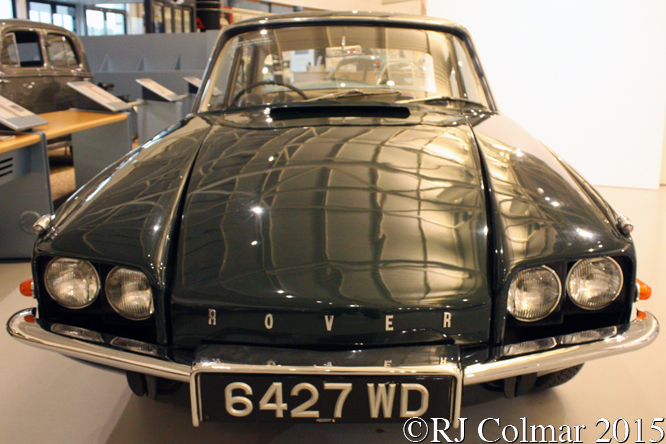
Today’s featured 1961 T4 prototype was their final attempt at making a gas turbine vehicle for production to replace the Rover P4 models that had been in production since 1949.
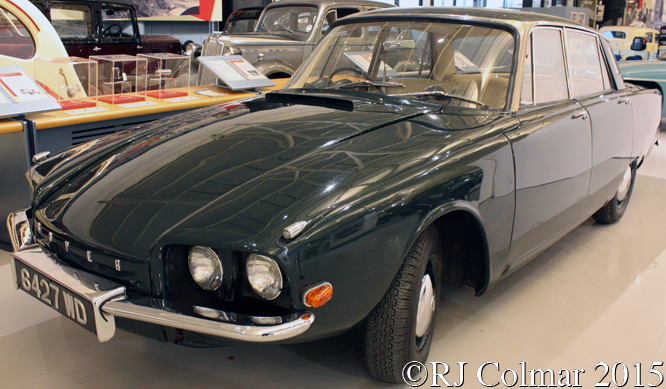
For this application Rover engineers had their gas turbine producing 140hp enough to power the T4 from rest to 60 mph in 8 seconds, about the same as would be achieved 7 years later with the 155 hp aluminium Rover V8.
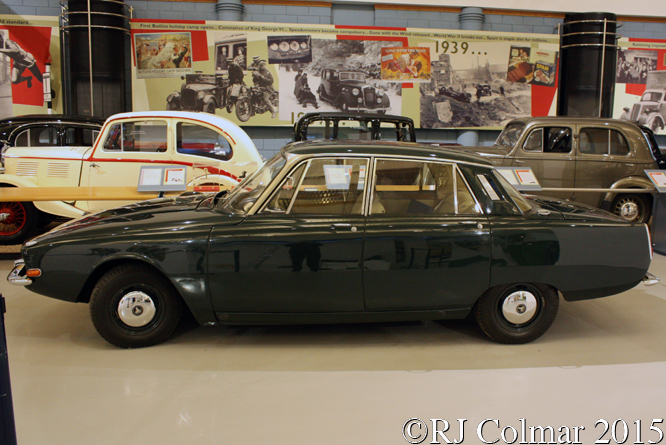
Designers Spencer King and Gordon Bashford carried a number of ideas over from the Rover T3 I looked at last week including all wheel disc brakes and de Dion rear suspension.
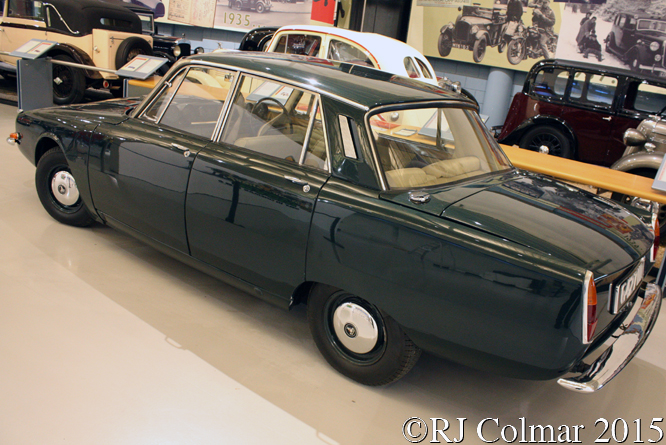
Even though the fuel consumption was improved from 13 mpg on the T3 to 20 mpg on the T4 the notion of a gas turbine powered car was eventually put to rest with the T4 and the nose was redesigned to accept a variety of petrol engines for the P6 series Rover 2000’s launched in 1963 and later Rover 3500’s launched in 1969.
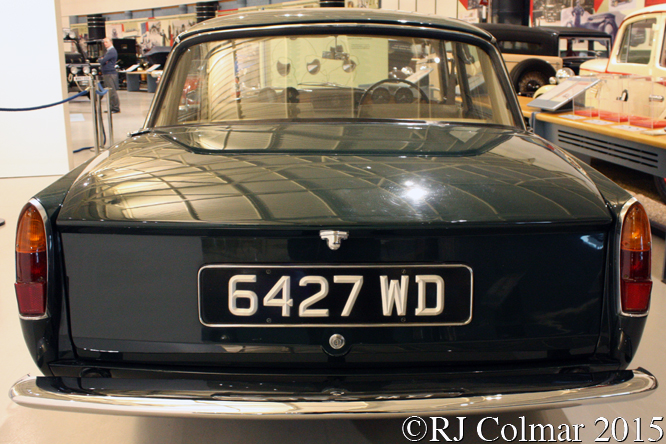
Rover’s experiments continued with their Gas Turbine powered BRM Le Mans project which achieved 7th and 10th place finishes in 1963 and 1965 respectively.
Thanks for joining me on this “T4 Turbine” edition of “Gettin’ a li’l psycho on tyres” I hope you will join me again tomorrow when I’ll be looking at another rallying Triumph. Don’t forget to come back now !


